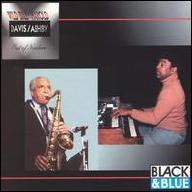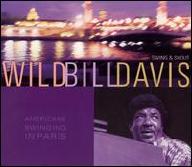Wild Bill Davis
from Glasgow, MO
November 24, 1918 - August 17, 1995 (age 76)
Biography
With the dynamic, swirling sounds of his Hammond B-3 organ, Wild Bill Davis provided a bridge from the big band swing of the 1930s and '40s to the organ-driven RB of the 1950s and early '60s. Together with guitarist Floyd Smith and drummer Chris Columbus, Davis set the framework for the jazz organ combo sound. Initially a guitarist, Davis made his debut with Milt Larkin's band in 1939. The group is remembered for the double-saxophone attack of Eddie Cleanhead Vinson and Arnett Cobb. Davis, who was inspired by the guitar playing of Freddie Green, remained with the band until 1942. Moving to the piano, Davis joined Louis Jordan His Tympany 5 in 1945. By then, he had already attracted attention as a skilled writer and arranger. He later furnished original material and arrangements for both Duke Ellington and Count Basie. He was scheduled to record his arrangement of April in Paris with the Count Basie Orchestra in 1955, but was unable to make it to the recording sessions. Recorded without his participation, the tune went on to be a Top 30 pop hit. Intrigued by the organ playing of Fats Waller and Count Basie, Davis began to experiment with the Hammond B-3. He soon developed his unique approach. "I thought of (the organ) as a replacement in clubs for a big band," he said during a late-'80s interview. Although he left Jordan's band after five years to form his own trio, Davis periodically returned to play special engagements. Although eclipsed by succeeding jazz organists, including Jimmy Smith and Bill Doggett in the late '50s, and Booker T. Jones in the '60s, Davis remained active until his death from a heart attack in August 1995. His summer appearances in Atlantic City, New Jersey were an annual treat for almost three decades.
A native of Moorestown, New Jersey, Davis studied music at Tuskegee University and Wiley College in Texas. ~ Craig Harris, Rovi
Top Tracks
Albums
Videos
Close


















